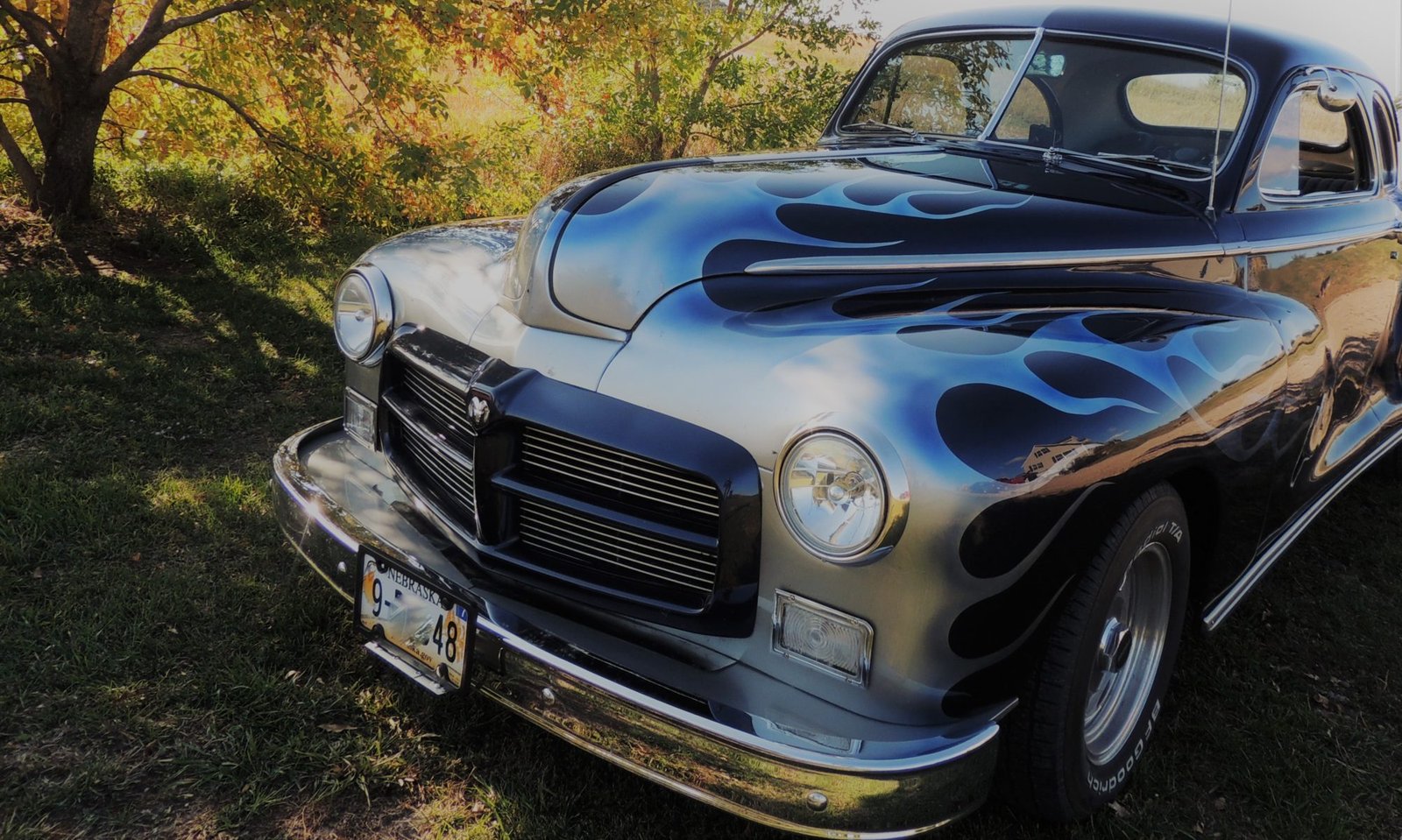There were some really special cars and trucks in Kearney for Cruise Nite this year. If you weren’t there, here is a sample of what you missed:
















The fascinating history of American cars . . .one story at a time.
There were some really special cars and trucks in Kearney for Cruise Nite this year. If you weren’t there, here is a sample of what you missed:


























Studebaker wagon



















